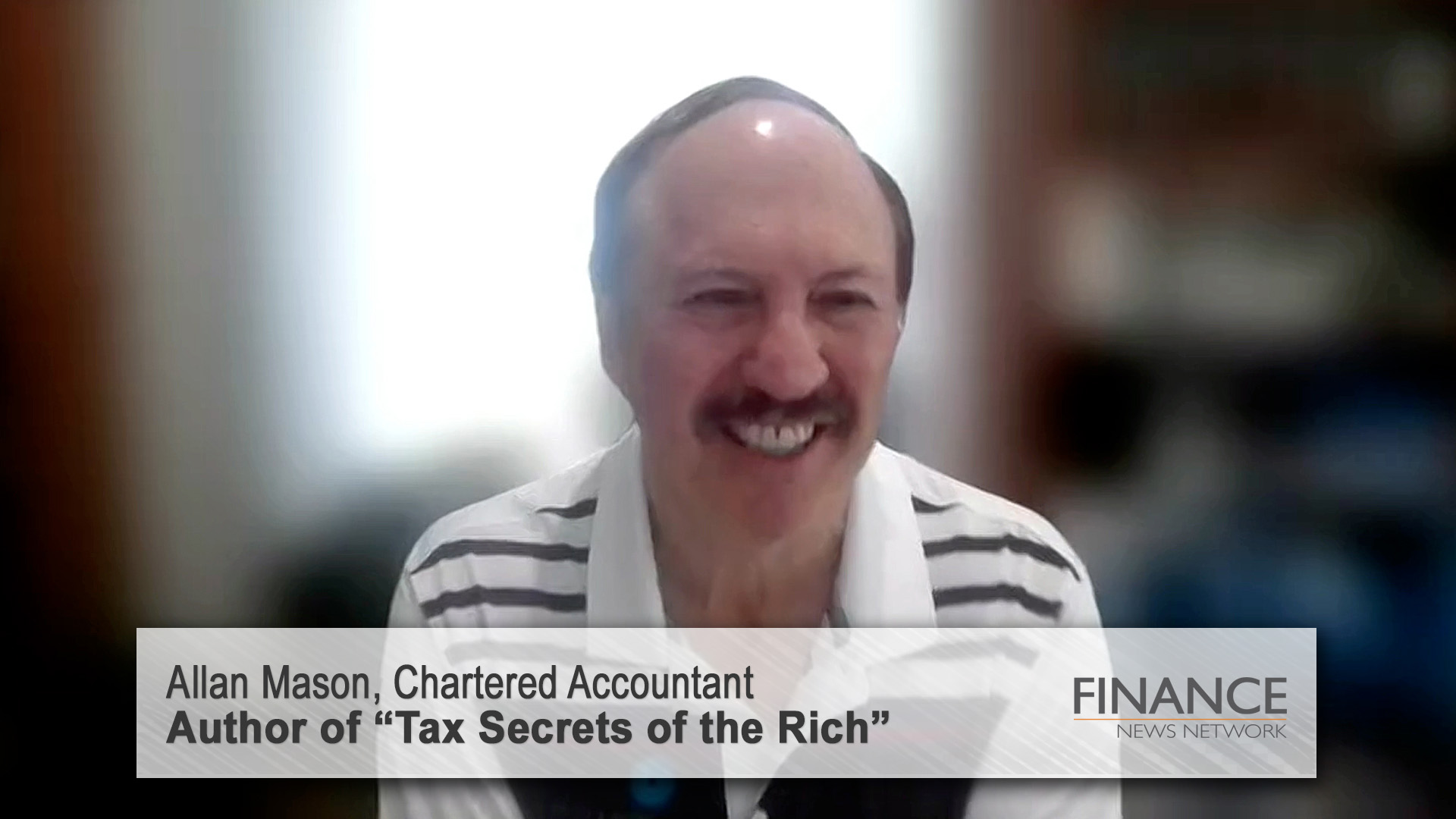
I know it’s hard to believe, but Macquarie’s CountryWide retail property trust deserves some modest congratulations, even though it’s in the processing of reducing its stake in the US at a loss of 24% of the 2005 purchase price.
The Trust made the right decision to exit the US follows the downturn there in commercial property, which is now reaching panic stations among some on the markets as big banks and other investors are forced to set aside billions of dollars in provisions to cover actual and potential losses.
Even though Macquarie CountryWide has taken a big loss (the result of the devaluations isn’t known yet), it was a smart move given the gathering pall of doom over the $US6.7 trillion commercial property sector.
It was the best decision for unitholders.
The outlook for the US commercial property is poor, here in Australia there’s signs of optimism that the worst is over, with a small upturn in the real estate investment trusts sub index in the ASX 200.
It’s only small given the repeated examples of trusts promising, but not delivering on claims that the latest asset value cuts and capital raisings are the ‘last’.
In the US, some of the major banks, including Morgan Stanley, Wells Fargo, Key Corp, Bank of New York Mellon, Regions Bank and US Bancorp sent unwanted messages this week to investors, markets and regulators that the commercial property sector is tanking and tanking quickly.
Money centre giants, Morgan Stanley (which lost $US159 million in the second quarter overall) and Wells Fargo (a $US3.17 billion profit) confirmed the mounting pressures on the US commercial property market when they reported large losses and surging bad loans in their second quarter reports this week.
They and other banks have already lost tens of billions of dollars in home mortgages and corporate loans (and been brought to their knees and saved by the US government).
Now poor quarterly figures for two of the largest lenders and investors in office, retail and industrial property across the US suggest that commercial real estate will be the next front in the financial crisis after the collapse of the housing market. And results from other banks support the notion of a commercial property implosion.
Shopping centres, office blocks and commercial industrial property is selling for huge discounts.
General Growth, American’s second largest shopping centre operator is in bankruptcy and the John Hancock Building in Boston was earlier this year sold in a bankruptcy auction for $US660 million, half its purchase price three years ago.
Earlier this month, Jon Greenlee, the Federal Reserve’s associate director of banking supervision and regulation said told a Congressional Committee hearing that “At the end of the first quarter (of 2009), about seven percent of commercial real estate loans on banks’ books were considered delinquent. This was almost double from the level a year earlier.”
Greenlee said there is about $US3.5 trillion of outstanding debt associated with commercial real estate, and banks had about $US1.8 trillion of that in their loan books. That means around $US126 billion of delinquent commercial mortgages on the banks’ books, so far.
He said an additional $US900 billion represented collateral for securitised home loans through what’s called Collaterised Mortgage Backed Securities.
"The pace of property sales has slowed dramatically since peaking in 2007, from quarterly sales of roughly $195 billion to about $20 billion in the first quarter of 2009," He said.
And on Tuesday, the softening commercial property market was a big focus of the questioning of Fed chairman, Ben Bernanke in his mid year Capitol Hill appearance.
Mr Bernanke warned that a continued deterioration in commercial property, where prices have fallen by about 35% since the market’s peak and defaults have been rising sharply, would present a “difficult” challenge for the economy.
He added that one of the main problems was that the market for securities backed by commercial mortgages had “completely shut down”, as it has for home mortgages.
"Delinquencies of mortgages in CMBS have increased markedly in recent months and market participants anticipate these rates will climb higher by the end of this year, driven not only by negative fundamentals but also borrowers’ difficulty in rolling-over maturing debt."
So it was an understandable decision by Macquarie CountryWide trust last week to sell 75% of its US holding of 86 retail properties for $US1.3 billion, or around 24% less than it had paid for them in 2005.
Its exposure to the US has been cut from 70% to around 25% of its assets.
Given that, the losses to be announced by Macquarie CountryWide won’t look so bad: but with 25% exposure to the US, the potential for more damage in the US sector has been lessened.
This doesn’t excuse the high prices and borrowings heaped on the Trust by its management, using the now discredited Macquarie model.
But even less excusable have been the collections of write-downs and losses from property and other investors, from GPT Lend Lease, to Mirvac, Stockland, Valad and more.
They should have all known better, they probably did, but were not game enough to get off the merry-go-round earlier enough.
Mirvac’s devaluations have totalled more than $1 billion or 30%, Dexus 1.6 billion or nearly 20%, ING Office nearly $740 millio













